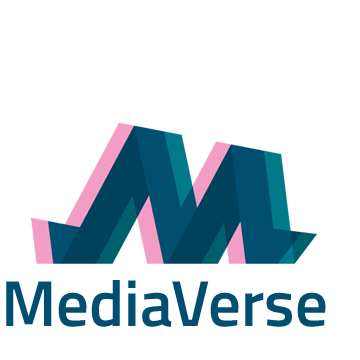Tina Blackwell is a journalist working for Deutsche Welle. We asked her to create a Fader story to see how easy it was and how useful the Authoring Tool appeared to her from a journalistic perspective.
Hey, could you do a short story about the British Empire using the Fader program? I thought, “Sure, I can!”…
But as the details came in, I began to wonder. The format was new to me.
Fader is a web-based storytelling tool to guide people through a 360° video experience, surrounding them with information wherever they turn. I’ve never done a 360° story before, but I love a good challenge. So, I jumped right in.
I immediately noticed that Fader offers a variety of options to keep your storytelling interesting. You can add video, audio, pictures or 360° footage. There’s also a good selection of backgrounds for the 360° scene. I personally love the action button, since it allows me to create interesting little spots to keep the attention of the viewer/user.
Back to the British Empire:
It was fun to explore the different ways to present information in Fader. I went with the five most asked questions about the British Empire and gave each one its own scene, starting with one scene in the beginning that holds all those questions in the dark night skies waiting for you. This works as the timeline of my 360° story experience.
And this is the powerful opportunity Fader holds in store: with the immersive way of telling the story you’re no longer bound to present the story in a linear way, Fader allows for non-linear storytelling. This means that your audience is not confined to a set path or sequence when experiencing your story. Instead, they can jump right onto the spot that interests them most and explore from there.
They can click and drag to explore different parts of the timeline and see your story unfold from different perspectives. This is interactive and helps to keep them engaged in your story, rather than just reading or watching it passively.
By creating multiple branches and paths within the timeline the audience can choose their own journey through your story. The experience for the user is very individual.
I really like the option of adding music to the scene. So, rather than having to press a button that starts the music, I made it play right away in the background. That made the story much more immersive and the 360° experience more authentic.
In my story I only needed stock footage – but I would love to go out and film a story especially for these 360° layouts. There’s so much opportunity to tell your story differently. It would be fun to explore all the options for storytelling this tool provides.
Overall, the tool can help you to create a more immersive and engaging experience for your audience. Whether you are a writer, journalist, filmmaker, or just want to share your story with the world in a captivating way that will keep your audience engaged.
Fader offers all the basic tools you need to create a good 360° story. It’s easy to use, and you don’t need more than the short tutorial video they offer right at the beginning.
If you would like to tell your next story in a new or different way, I can only recommend you jump right in and give Fader a try. I really like the results I got.
You can view the story I created about the British Empire here.


